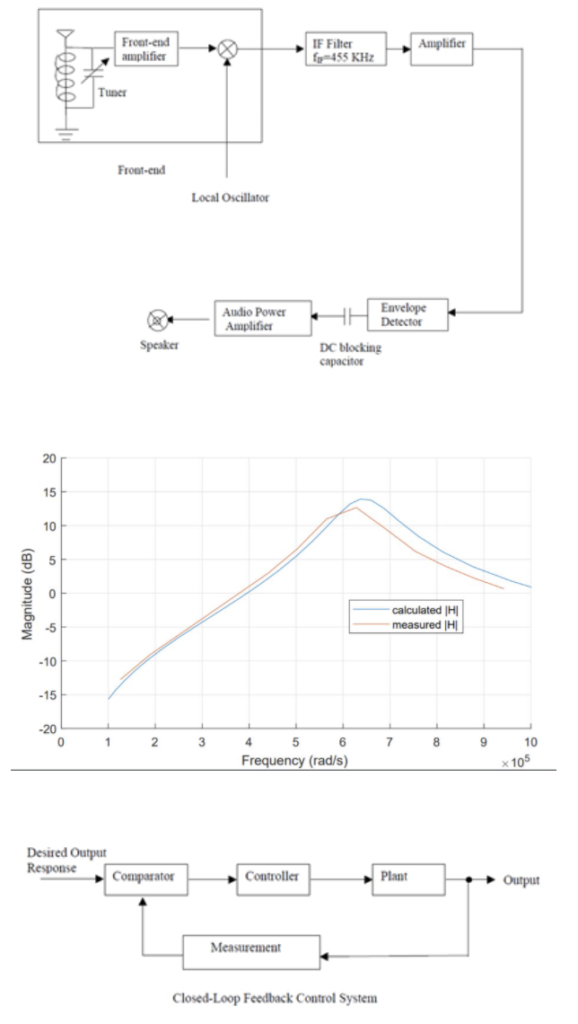EECS 216: Introduction to Signals and Systems
Instructors: Professors Achilleas Anastasopoulos, Cindy Finelli, Stéphane Lafortune, Peter Seiler, Vijay Subramanian
Coverage
This course introduces students to basic concepts in continuous-time linear system theory. The analysis of continuous-time systems is considered in both the time and frequency domains. Topics include linearity, impulse response, convolution, frequency response, filtering, Fourier series, Fourier transforms, sampling theorem, relationship between continuous-time and discrete-time systems (as time permits), Laplace transforms, system transfer function, poles and zeros, stability. Applications of these techniques will be discussed using examples from circuits, signal processing, communication and control.

Lab
Five laboratories during the term:
1. Impulse Response of RC Circuits
2. Envelope Detector
3. FM Discriminator Circuit
4. Superheterodyne AM Radio
5. Proportional-plus-Derivative Feedback Control
Additional Information
Three hours of lecture and one hour of recitation per week. Weekly problem sets. Four laboratories and three two-hour exams.
Textbook(s)
Signals and Systems: Theory and Applications, Fawwaz Ulaby and Andrew Yagle [free PDF]
Recommended Supplementary Material
A Guide to Signals and Systems in Continuous Time, Stéphane Lafortune
Syllabus
1. Continuous-time LTI systems and convolution
2. Frequency response and filtering of signals
3. Fourier series and Fourier transforms
4. Sampling theorem
5. Laplace transform and poles and zeros
6. Basics of analog communications
7. Basics of feedback control
 MENU
MENU 
